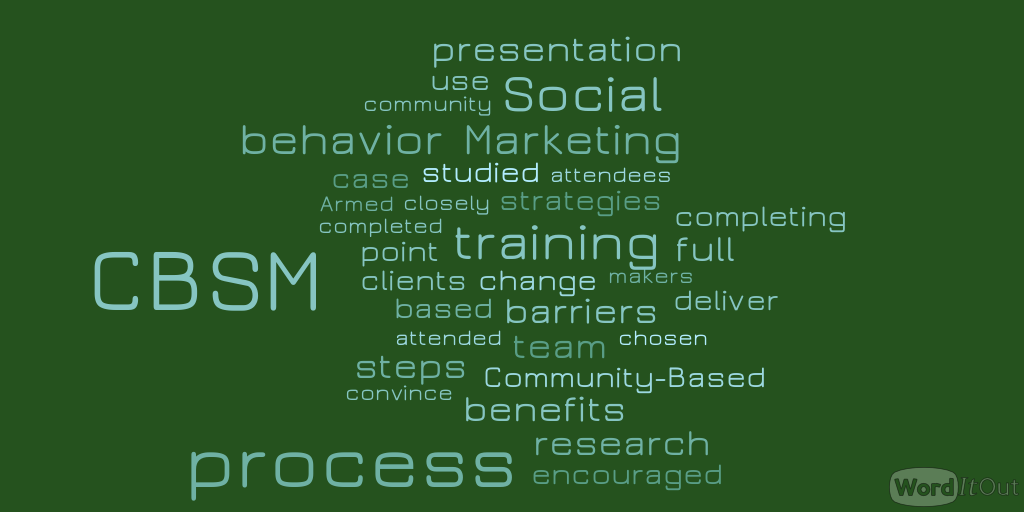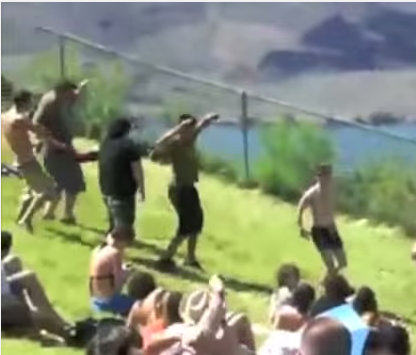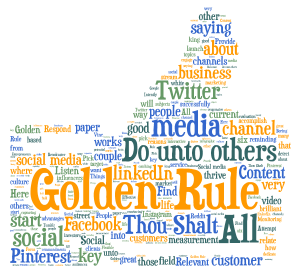 The Gigantic Idea Studio team attended the San Francisco Community-Based Social Marketing training in February. No, not THAT social marketing – there was no Facebook fanning or Twitter theory involved. Social marketing in this case is the process of encouraging behavior change for social good. In our case, that means fostering eco-friendly behavior such as recycling, waste reduction, preserving water quality, and so on. While our firm also employs other methods of promoting environmental programs and behaviors, CBSM remains the most studied and proven process for facilitating behavior change. While our team members have previously studied and practiced CBSM for years, we know it never hurts to take time for a refresher course in order to deepen our understanding.
The Gigantic Idea Studio team attended the San Francisco Community-Based Social Marketing training in February. No, not THAT social marketing – there was no Facebook fanning or Twitter theory involved. Social marketing in this case is the process of encouraging behavior change for social good. In our case, that means fostering eco-friendly behavior such as recycling, waste reduction, preserving water quality, and so on. While our firm also employs other methods of promoting environmental programs and behaviors, CBSM remains the most studied and proven process for facilitating behavior change. While our team members have previously studied and practiced CBSM for years, we know it never hurts to take time for a refresher course in order to deepen our understanding.
Perhaps the biggest point McKenzie-Mohr made during the training was that CBSM is a process, a full set of steps to follow to ensure you have the best chance at success. He was quick to point out that using one tactic on its own—doing a pledge or a prompt for instance—was not truly CBSM, if it wasn’t selected based on completing the steps of behavior identification, researching barriers and benefits, developing strategies and piloting.
It was an informative four days for our team at the trainings, where we worked closely in groups to practice CBSM techniques. We have always encouraged our clients to use the full CBSM process, but understand that sometimes budget and timing gets in the way. Fortunately, the training offered various options for completing the research and evaluation steps that make the CBSM process work, in ways that save money, but still allow for your strategies to be chosen based on actual information from your community.
Having completed the advanced training allows us access to McKenzie-Mohr’s CBSM presentation, and he encouraged attendees to deliver the presentation to key decision makers. Armed with the background on CBSM’s effectiveness, it is easier to convince funders, boards, managers and directors to approve outreach projects that use the full CBSM process. We would be happy to deliver this presentation to any of our clients!











